3.7 Meine Körpergröße und Haarlänge

Hallo allerseits!
Zum Aufwärmen machen wir unseren Tagesminiplausch und eine Wiederholung.
Wiederholung
In the previous lesson, you learned some parts of the body and how to count/use plural forms for parts of the body. Let’s review!
Lektionsüberblick
Now that you could sing the German version of “Head, shoulders, knees, and toes” (“Kopf, Schultern, Knie und Fuß“), in this lesson, we will look at which words we can use to describe some of our body. Just like in English, where you would not use short and small interchangeably (a person does not have short feet nor small hair), German also uses specific size words. In the end, you will be able to talk about 1) your height (and other big and small body parts) and 2) the length of your hair (and other long and short body parts). Feel free to lachen (laugh) a little at that! 😉
1) Groß oder klein
When describing our physical appearance, it’s helpful to be able to express how tall we are. German speakers say their Körpergröße (height) in centimeters. This is important because even if you correctly state your height in feet and inches, this is not easily understood by Germans.
Using a feet to centimeter conversion calculator, how tall are you in centimeters? If you would like to learn how to say this number in German, you can check out this video.
We can also describe Körpergröße more generally. In fact, you might recall the words klein, mittelgroß, und groß from our unit on Familie und Herkunft and the word sehr from more recent lessons. Can you guess what these words might mean in the context of height?
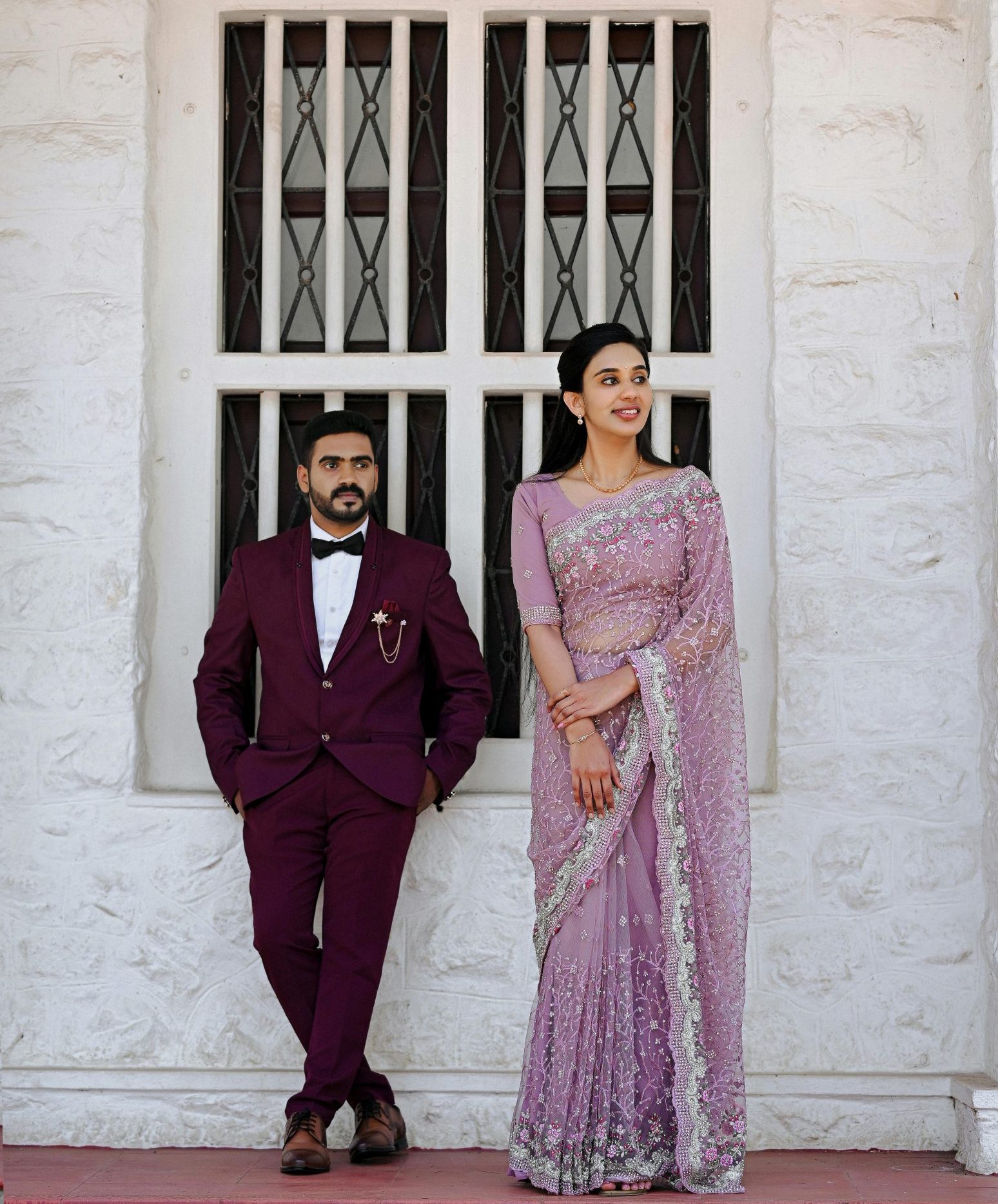 |
| klein und groß |
See if you can use the information in the image above and your prior knowledge to complete the activity below.
Was ist noch groß oder klein? (What else can be big or small?) Augen, Ohren, Nase, Mund, Füße, und Hände! Let’s practice. Be sure to click through to each question.
Jetzt bist du dran!
Ich bin 169cm groß, also mittelgroß. Ich habe große Augen, mittelgroße Ohren, kleine Füße und kleine Hände. Ich habe eine mittelgroße Nase und einen mittelgroßen Mund.
Märchen im Blickpunkt: Rotkäppchen
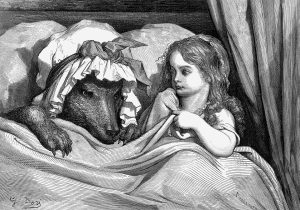 Do you remember a Märchenfigur (Fairy tale figure) with large body parts? Read the exchange between Rotkäppchen (Little Red Riding Hood) and the Wolf:
Do you remember a Märchenfigur (Fairy tale figure) with large body parts? Read the exchange between Rotkäppchen (Little Red Riding Hood) and the Wolf:
| „Ei, Großmutter, was hast du für große Ohren!“
„Daß ich dich besser hören kann.“ „Ei, Großmutter, was hast du für große Augen!“ „Daß ich dich besser sehen kann.“ „Ei, Großmutter, was hast du für große Hände!“ „Daß ich dich besser packen kann.“ „Aber, Großmutter, was hast du für ein entsetzlich großes Maul!“ „Daß ich dich besser fressen kann.“ |
“O grandmother, what large ears you have got!”
“The better to hear with.” “O grandmother, what great eyes you have got!” “The better to see with.” “O grandmother, what large hands you have got!” “The better to take hold of you with.” “But, grandmother, what a terrible large mouth you have got!” “The better to devour you!” |
2) Lang oder kurz
So if we use klein, mittelgroß, und groß for height, how do we describe the length of hair, arms, legs, fingers, nails, etc.? Eine gute Frage! (a good question!) Let’s look at how the following people describe themselves.
 |
 |
 |
| Ich habe kurze Haare. | Ich habe lange Haare. | Ich habe lange Arme. |
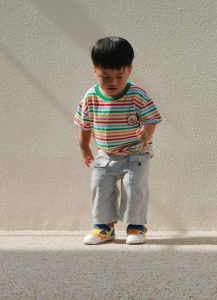 |
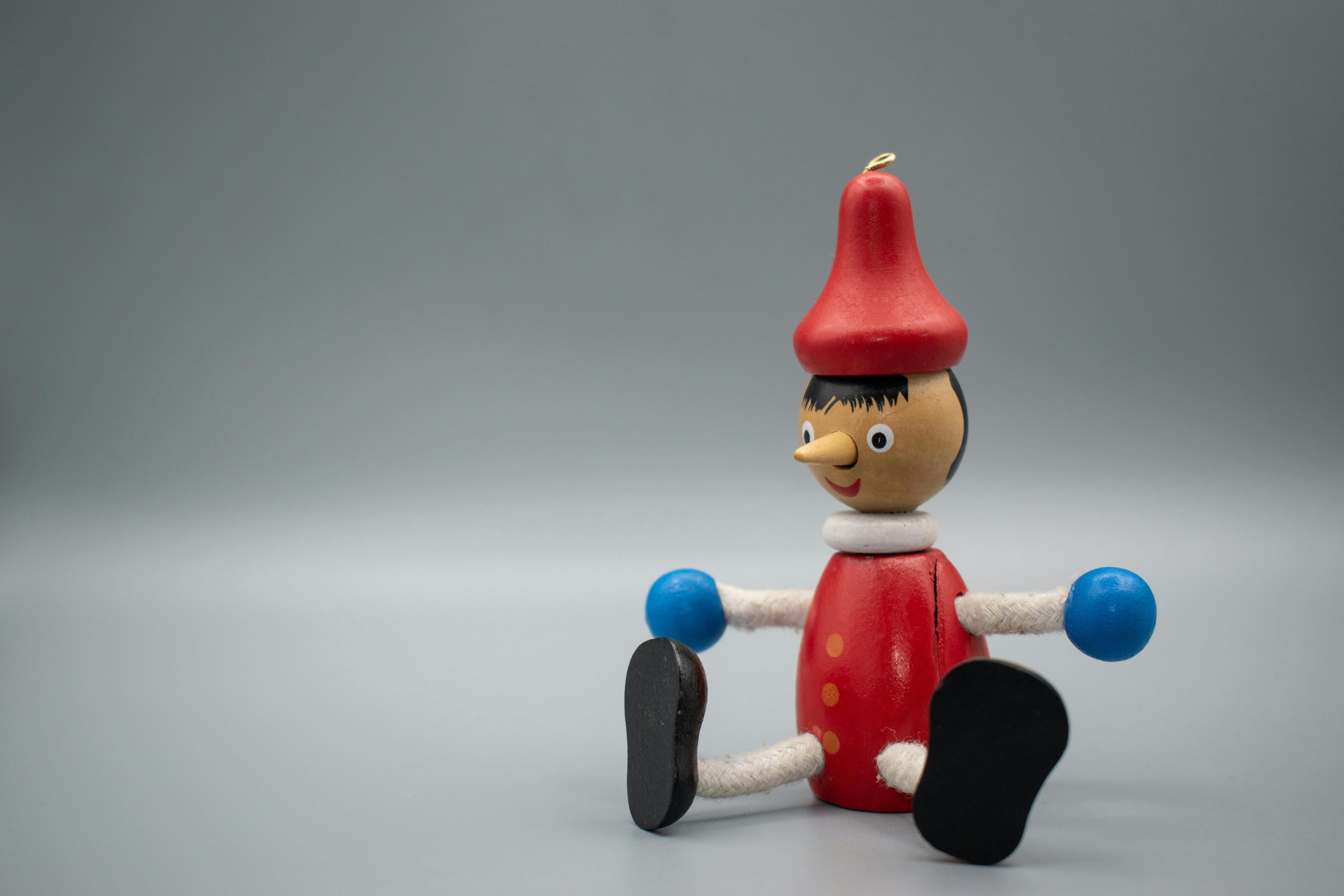 |
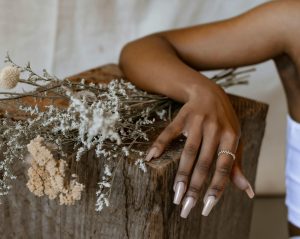 |
| Ich habe kurze Beine. | Ich habe eine lange Nase. | Ich habe lange Nägel. |
Now let’s practice using kurz und lang. Be sure to click through each question in the question set below.
Jetzt bist du dran!
Ich habe lange Haare. Ich habe lange Beine. Ich habe kurze Finger und kurze Nägel.
(You can see that she does not name everything, because you really only comment on the length of anything (except for hair), if it is unusually short or long.)
Österreich im Blickpunkt: Die Linzer Torte, Kultur und Essen
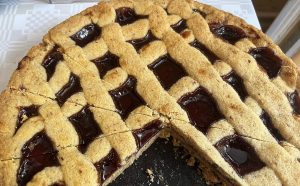 Die Linzer Torte ist ein traditionelles österreiches Gebäck mit drei Schichten: Teig, Obst-Nuss-Masse, und oben ein Gitter. Sie zählt für Österreich zu den Traditionellen Lebensmitteln, d.h. sie wird als Kulturgut anerkannt.
Die Linzer Torte ist ein traditionelles österreiches Gebäck mit drei Schichten: Teig, Obst-Nuss-Masse, und oben ein Gitter. Sie zählt für Österreich zu den Traditionellen Lebensmitteln, d.h. sie wird als Kulturgut anerkannt.
Der bayerische Komponist Ludwig Schmidseder schrieb eine Operette mit dem Titel „Linzer Torte“, uraufgeführt 1944 im Landestheater Linz.
The Linzer Torte is a traditional Austrian pastry with three layers: a form of shortbread, a fruit-nut-mixture, and a lattice on top. In Austria, the Linzer Torte belongs to the so-called “traditional foods”, which means that it is recognized as a cultural good.
The Bavarian composer, Ludwig Schidseder, wrote an Operette called “Linzer Torte” that premiered at the Linz State Theater in 1944.
Zum Schluß
Imagine again that we have invented a way to speak to aliens – but we can’t see them. They seem to have the same kinds body parts we have, but not necessarily the same number, nor the same proportions Listen to the alien’s description of itself and draw what you hear. Then read the text and confirm.

*As you conclude this lesson, don’t forget to check Canvas!*

Media Attributions
- Rotkäppchen text by Gebrüder Grimm from Wikisource, public domain.
- Little Red Cap text by Gebrüder Grimm, translated by Lucy Crane from Wikisource, public domain.
- Linzer Torte text adapted from Wikipedia, licensed under a CC BY-A 4.0 International license.
- Register der Traditionellen Lebensmittel text adapted from Wikipedia, licensed under a CC BY-A 4.0 International license.
Media Attributions
- Private: 1010-at-banner-large
- Photo of couple by pexels-jinto-mathew-3071051-11146331
- GustaveDore_She_was_astonished_to_see_how_her_grandmother_looked © Gustave Doré is licensed under a Public Domain license
- Photo of man in denim jacket by pexels-steshkawillems-2344601
- Photo of Shakira from Willkommen deutsch für alle by 2023-11-16_Gala_de_los_Latin_Grammy,_03_(cropped)02 © Junta de Andalucía is licensed under a CC BY-SA (Attribution ShareAlike) license
- Photo of long nails by pexels-pnw-prod-8377435
- Linzer_Torte,_2023 © Burkhard Mücke is licensed under a CC BY-SA (Attribution ShareAlike) license

